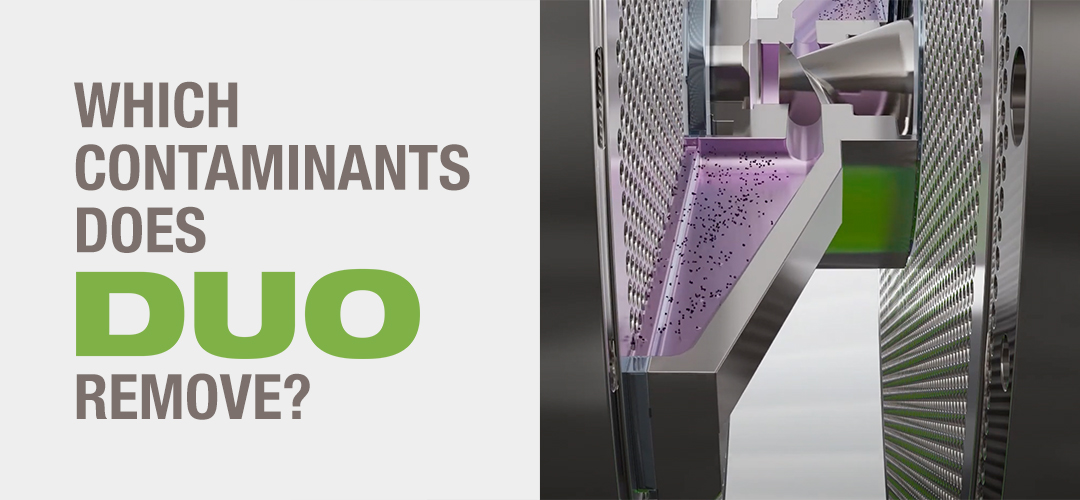Which contaminants does DUO remove?

Contaminants in the plastic melt come from mixed sources, such as post-consumer products, industrial scraps, and construction materials.
DUO efficiently filters different types of contaminants, ensuring a high-quality melt with minimal waste.
Plastics in the recycling process often come from post-consumer waste, industrial scraps, or mixed sources, introducing various contaminants that can degrade the quality of the melt and cause processing issues. DUO is designed to filter materials with up to 15% contamination, ensuring a high-quality melt with minimal waste, even at low rotation speeds.
Here’s a closer look at each type of contaminant that can enter the melt and be filtered by DUO.
Paper
Paper fragments in the plastic melt often come from labels, packaging, or tape attached to products during the packaging process.
Aluminum
Aluminum fragments usually originate from packaging materials like foils and liners, as well as from mixed waste streams containing aluminum-based consumer products.
Copper
Copper fragments are commonly found in electronics, wiring, or metallic components, which are frequently part of industrial or construction waste.
Wood
Wood particles in the plastic melt are often sourced from mixed waste streams, such as construction and demolition debris, agricultural residues, or recycled composite materials containing wood fibers.
Rubber
Rubber particles are typically found in blended waste streams, especially from tires or rubber-based materials used in industrial and consumer products.
Silicone
Silicone residues are commonly found in plastics from sealants, adhesives, and consumer products that use silicone for sealing or insulating purposes.
Powders
Dust and fine particles are often present in the melt from handling or material breakdown during the processing of plastics or other materials.
To learn more about DUO, email Alessandro Sartori at alessandro.sartori@breakmachinery.com